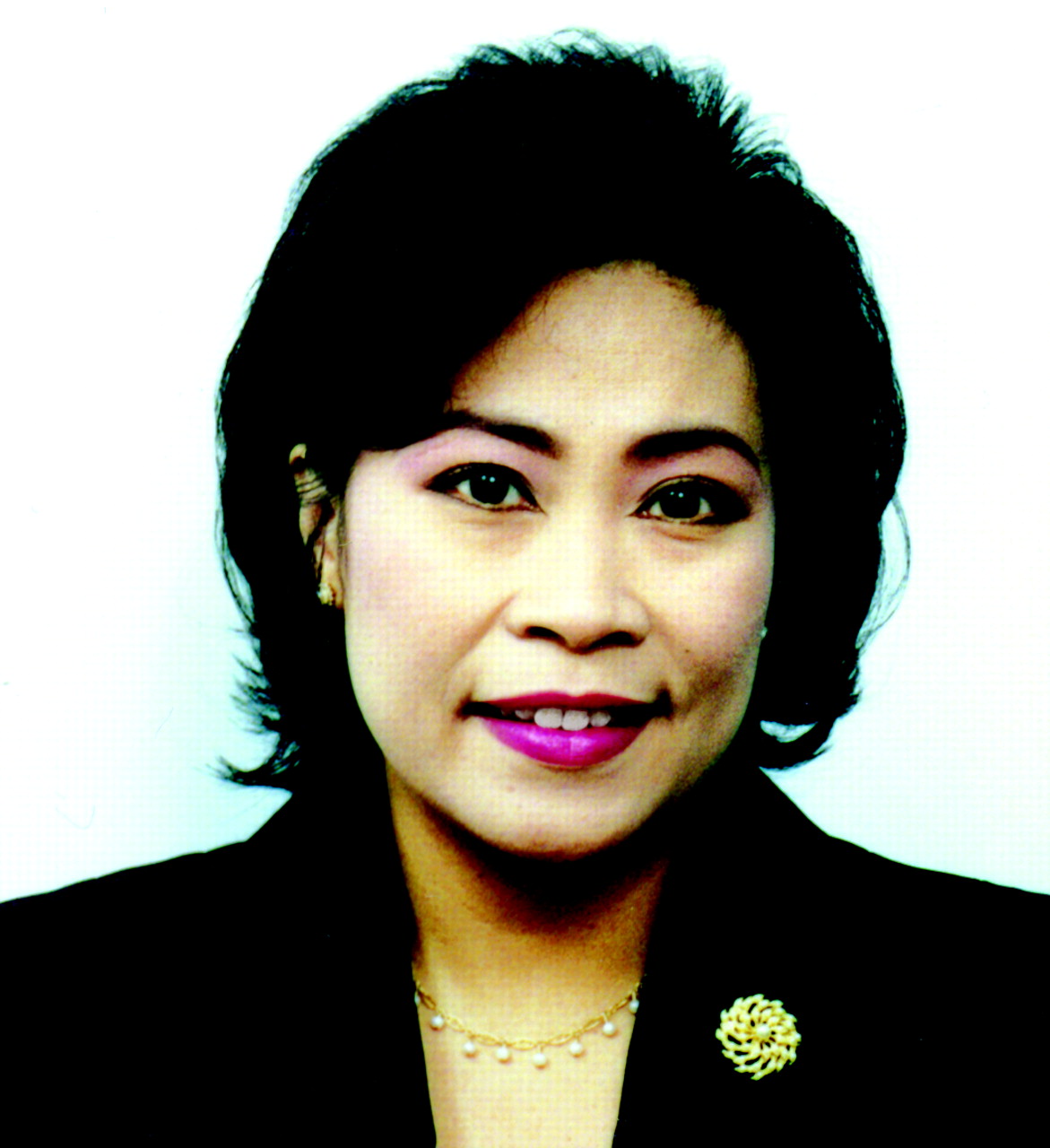How to Get the Most Out of Your PDA

Not all of my colleagues, however, own a PDA, citing reasons such as cost and techno-illiteracy. Another concern has been that use of the PDA is like an eighth grader using a calculator: we ought to have the information in our head. The fact is, the amount of information for which we are individually responsible, from every drug-drug interaction to how each patient is billed by the clinic, has grown immensely in the past decades. No doubt we need to learn psychiatry, but for the information that is too much to memorize, we need these “assistants” that are “personally” tailored and “digital” to boot—the PDA.
I have found the value of this pocket-sized machine, primarily in its capacity to store and display a variety of information, be it references, lecture notes, or patient-based management data. While it may take some time to learn the magic of the PDA, it is important to appreciate the return on the investment. This article provides an overview of the uses of the PDA during residency training.
• Repository of reference materials: One can purchase, or download for free, many compacted versions of reference materials such as textbooks, handbooks, and databases containing laboratory values and specific medical specialty information. Also available are portable language translators, particularly worthwhile when human translators are not to be found in the wee hours of the morning.
The mobile, abbreviated version of the DSM-IV is worth its weight in gold for me, as is a handbook of psychiatry. Epocrates, which is a favorite with residents for handy information on today’s prescribed drugs, is also used for checking drug-drug interactions. Many educators are advocating that we should not be expected to memorize drug-drug interactions, as we might get these constantly changing dyads wrong, and that it is far better patient care to be sure. The PDA is the right machine at the right time.
• Personal educational notebook: The memo function of the PDA enables the capture of the pearls of information handed down during our didactic classes, journal club, and grand rounds. These notes, retrievable anytime, anywhere, may be edited and reorganized at leisure.
Recording notes into the handheld using a stylus (or even a fingernail) is not difficult. The Grafitti system is mastered with practice, using Giraffe, a Palm OS game designed to transform you into a precise writer. Otherwise, an on-screen keyboard is available for tapping notes. Suggested alternatives for purchase are stick-on screen templates and various external keyboards designed for easier and faster text input.
• Updates in psychiatry: Keeping abreast of new paradigms in psychiatry is simple using the PDA. Imagine fast access to best-practice guidelines, leading-edge information, full-text journal articles, and abstracts. Download any document reader (such as the free Adobe Acrobat Reader) before selecting your reading materials.
• Patient-charting system: An essential add-on to your basic PDA is a database management program, which provides an organized structure for storage of multiple data elements. This is key to forming byte-sized patient medical charts. You can custom build, as I have, your own databases to keep track of patient information to which confidentiality can be responsibly secured by password. Data entry is simple, as is retrieval of information sought. If designing a patient database is challenging, opt for any of the prestructured patient-tracking applications on the Web.
• Daily planner/organizer: Originally designed for a paperless approach to appointments, meetings, and reminders, the PDA allows direct appointment scheduling of patients. For weekly therapy patients, a template of regular individualized appointments can be created in the date book. Other recurring activities such as grand rounds, supervision times, and staff meetings may be entered with start- and end-date specifications on a daily, weekly, monthly, or even yearly basis. Keep track of on-call days, precious vacation days, and APA annual meeting dates by easily generating a list for display using the find feature.
The alarm feature is an added bonus for those of us who frequently lose track of time. With more than 20 alarm preference selections, you can assign a sound to discern various meetings or reminders. Needless to say, some of these alarms are excellent wake-up calls, especially when on-call at the hospital.
• Personalized white and yellow pages: There is nothing like keeping a list of pagers and hospital staff’s telephone and page numbers in the address feature. Bypassing the hospital operator at 3 a.m. saves time when the need arises for an urgent consult.
A clever feature within this directory is the virtual business card. If you wish to enhance your networking encounters at psychiatric conferences and meetings, create your own personal card through the preferences option in the address directory. Beam it to another PDA owner and consider yourself in the loop.
Since acquiring my PDA, it has inadvertently become my inseparable transition object, an integral part of my psyche. In an age where saving time is an asset, and exact knowledge is both power and safety, the PDA is essential in molding task-efficient residents. If we are to obtain administrative support for PDAs and PDA enhancements at the psychiatry training program and departmental levels, we will have to demonstrate that PDAs are “not hype, but help” to us in education and patient care. ▪
Dr. Tahil is a PGY-3 psychiatry resident at St. Luke’s-Roosevelt Hospital Center in New York City. She holds master’s degrees in medical informatics and public health.



